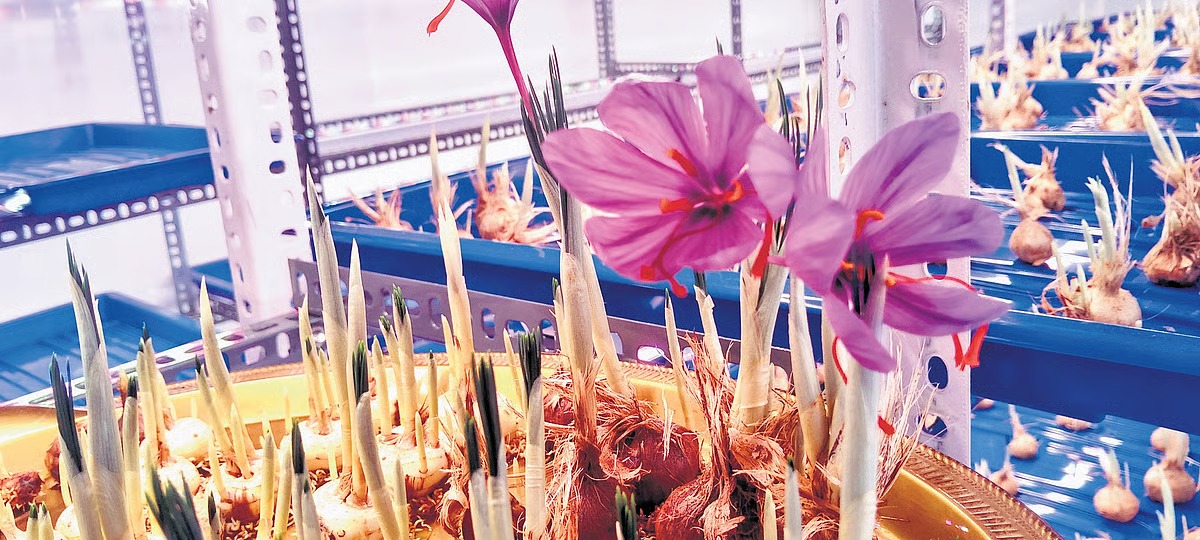James Kappan, a retired defense employee and Gulf returnee in Thrissur, Kerala, has successfully cultivated premium Kashmiri saffron using aeroponics—a soilless, controlled environment technique. His pioneering experiment blends traditional prestige with modern technology, promising local saffron production expansion beyond Kashmir amid soaring demand nationwide.
Saffron, typically associated with the cold valleys of Kashmir, has found an unlikely new home in Thrissur, Kerala, thanks to James Kappan’s innovative cultivation venture. After two decades working in Saudi Arabia’s defense sector, James returned to Kerala driven by the vision to grow this highly valued “red gold” spice locally using aeroponic farming—a method that suspends plant roots in the air and precisely controls nutrient and water supply via mist.
Notable Updates:
James procured saffron seeds (corms) from Kashmir and planted them indoors in a specially constructed, climate-controlled room simulating Kashmir’s cooler conditions, enhanced with UV lighting and optimal humidity.
The first batch has begun flowering successfully, a remarkable feat considering Kerala’s tropical climate challenges for saffron, traditionally requiring cold temperatures and low humidity.
Initial investment covered room construction, advanced equipment like humidifiers, thermometers, and surveillance cameras for monitoring growth remotely.
This indoor farming technique reduces risks from pests and weather, supporting year-round production unmatched by traditional outdoor methods in Kerala’s climate.
Expectation to expand cultivation to polyhouses and increase saffron bulb production, underpinned by scientific guidance from experts including the National Chemical Laboratory in Pune.
India imports approximately 90% of its saffron demand, mostly from Iran, highlighting enormous market potential for local production through such innovations.
James plans to brand and market his saffron as “Kashmiri Kesar” catering to domestic and international culinary and cosmetic markets valuing its rich aroma and deep red color.
The initiative enjoys local government support and is inspiring similar projects exploring saffron farming viability in non-traditional regions across India.
Major Takeaways:
James Kappan’s saffron experiment blends tradition, technology, and entrepreneurship, proving that innovative solutions can overcome climatic and cultivation barriers. This breakthrough could democratize saffron farming in India and reduce import dependence, while boosting Thrissur’s agricultural diversity and economic prospects.
Sources: The New Indian Express, Mathrubhumi, The Better India, Instagram (@jameskappani), Kerala Agriculture Department.

